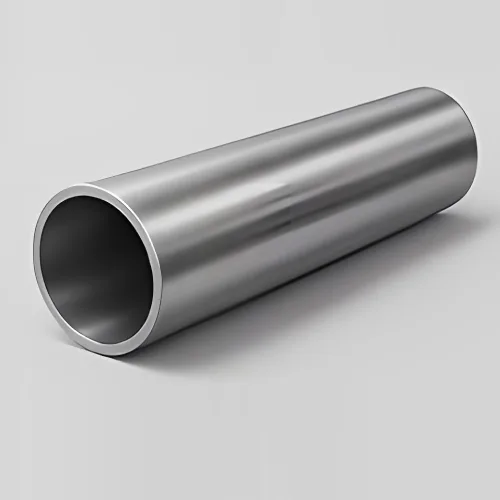
309 Stainless Steel Tube
Keywords: 309,
Standard: ASTM, AISI, DIN, EN, GB, JIS
Technique: Hot Rolled/Cold Rolled/Galvnized
Processing Service: Welding, Punching, Cutting
Available Size Range: Click here
Volume: 0
Get A Quote
Keywords: 309,
Standard: ASTM, AISI, DIN, EN, GB, JIS
Technique: Hot Rolled/Cold Rolled/Galvnized
Processing Service: Welding, Punching, Cutting
Available Size Range: Click here
Volume: 0
Get A Quote| Region | Standard | Grade |
|---|---|---|
| USA | ASTM A213 | UNS S30900 |
| Europe | EN 1.4828 | X15CrNiSi20-12 |
| Japan | JIS SUS309S | - |
| China | GB/T 20878 | 06Cr23Ni13 |
| Cr | Ni | C | Mn | Si | P | S | Fe |
|---|---|---|---|---|---|---|---|
| 22–24% | 12–15% | ≤0.20% | ≤2.0% | 1.0–2.5% | ≤0.045% | ≤0.03% | Balance |
Thermal Mastery:
Retains strength at 1.000°C (1.832°F) with oxidation resistance 3x better than 304.
Resists carburization in hydrocarbon-rich atmospheres (e.g., ethylene crackers).
Cyclic Stability:
Low thermal expansion coefficient (16.0 µm/m°C) minimizes warping during rapid heating/cooling.
Corrosion Defense:
PREN (Pitting Resistance): 22–24—superior to 316L in acidic flue gas condensates.
Fabrication Edge:
Pre-annealed at 1.050°C to prevent sigma phase formation during welding.
| Condition | Tensile Strength | Yield Strength | Elongation | Creep Limit (1.000h) |
|---|---|---|---|---|
| Room Temp | 620–840 MPa | 310 MPa (min) | 40% (min) | - |
| 900°C | 65 MPa | 45 MPa | 25% | 28 MPa |
Heat Treatment: Radiant tubes, annealing furnace muffles, quenching baskets.
Energy: Biomass boiler superheaters, waste-to-energy incinerator ducts.
Chemicals: Ethylene cracking coils, syngas reformer tubes.
Automotive: Turbocharger housings, exhaust gas recirculation (EGR) systems.
Glass: Molten glass conveyance tubes, lehr rollers.
Welding:
Use ER309/ER309L filler with 98% Ar + 2% N₂ shielding for sulfidation resistance.
Interpass temperature ≤150°C to avoid hot cracking.
Forming:
Hot-forming recommended above 1.100°C; cold-forming requires intermediate annealing.
Post-Treatment:
Solution anneal at 1.040–1.120°C followed by water quenching for carbide dissolution.
Frequently Asked Questions
Q1: How does 309 differ from 310 stainless tubes?
A1: 309 has lower nickel (13% vs. 19–22%) but higher silicon for better scaling resistance below 1.050°C. 310 excels in continuous extreme heat.
Q2: Is it suitable for cryogenic temperatures?
A2: No—use 304L/316L below -150°C. 309’s ductility drops sharply below -50°C.
Q3: What surface finishes optimize heat reflection?
A3: Electropolished (Ra ≤0.4 µm) or ceramic-coated (Al₂O₃) surfaces reduce radiant heat absorption.
Q4: Can it handle reducing atmospheres (e.g., H₂-rich)?
A4: Limited performance. Consider alloy 800H/HT for hydrogen embrittlement resistance.
Q5: What’s the maximum allowable sulfur content in service?
A5: ≤0.02% in fuel gases to prevent catastrophic sulfidation attack.
Products
Phone